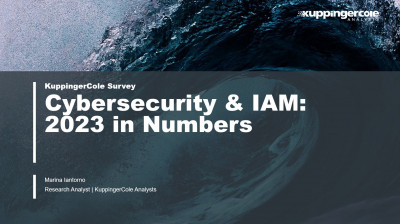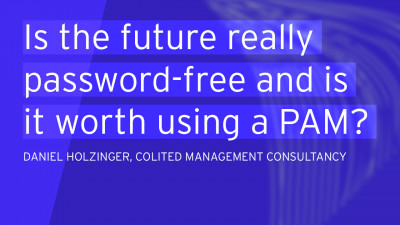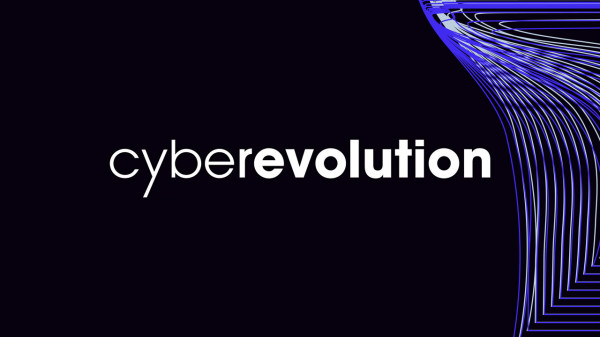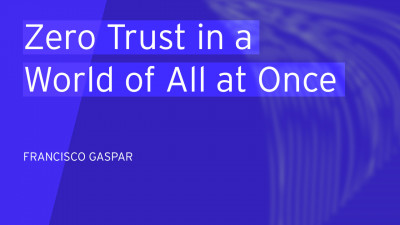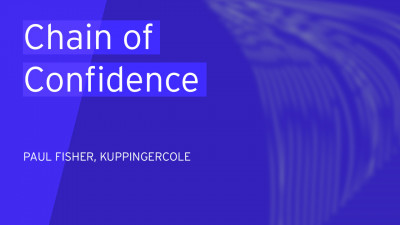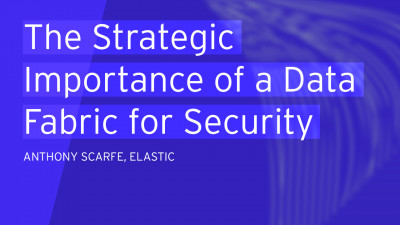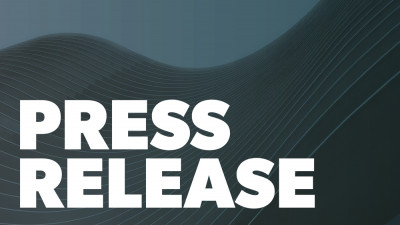1 Executive Summary
The cybersecurity landscape is experiencing rapid evolution. Each day presents new threats and vulnerabilities that organizations must address to fortify their defenses. Rather than “if,” it is a matter of “when” an organization will face a cyber threat. To navigate this complex landscape, most organizations must now comply with obligations set by laws and regulations. Frameworks provide a common basis to build compliance across these. To gain insight into the dynamic realm of cyber risk frameworks, we must first trace the path of ever-evolving cyber threats. Understanding the evolution of cyber threats over time is critical to understanding the evolving strategies within the domain of cybersecurity.
Driven by advances in technology and the expanding digital landscape, cyber threats have evolved significantly over time. The emergence of new threat vectors and tactics is a result of this evolution. Notable developments include the rise of Advanced Persistent Threats (APTs), where state-sponsored or well-funded attackers employ stealthy, targeted techniques for long-term infiltration. In addition, the proliferation of ransomware attacks, in which malicious actors encrypt victims’ data and demand a ransom for its release, has become a prominent threat vector. The advent of the Internet of Things (IoT) has introduced vulnerabilities in connected devices, enabling botnets and Distributed Denial-of-Service (DDoS) attacks on an unprecedented scale. Exploiting human psychology to compromise systems, social engineering techniques such as phishing have also become more sophisticated. Artificial Intelligence (AI) related cyber threats have also evolved significantly over time. Initially, attackers used AI primarily for automated reconnaissance and brute-force attacks. However, as AI technologies advanced, so did their application in cyber threats. Attackers now leverage AI for evasion, generating convincing deepfakes, optimizing phishing campaigns, and conducting more targeted and stealthy attacks.
Given the increasing frequency and sophistication of cyber threats, cybersecurity has become a top concern for organizations worldwide. As organizations of all sizes struggle to protect their digital assets, a number of cybersecurity frameworks have emerged to provide structured, adaptable, and scalable solutions. This Advisory Note provides an overview of the core principles and common components of six influential frameworks, namely National Institute of Standards and Technology Cybersecurity Framework (NIST) CSF (Cybersecurity Framework) 2.0, International Organization for Standardization/ International Electrotechnical Commission (ISO/IEC) 27000 series , Service Organization Control (SOC) 2 Type 2, Center for Internet Security (CIS) , Payment Card Industry Data Security Standard (PCI-DSS) , and Cloud Security Alliance Cloud Controls Matrix (CSA CCM) . All of these frameworks provide extensive strategies for mitigating cyber threats.
From the NIST CSF’s latest iteration to the global reach of the ISO/IEC 27000 series, and the necessity of PCI-DSS for protecting payment card data, this research will provide an overview of important cybersecurity frameworks. We examine securing cloud computing with a focus on CSA CCM, highlighting its role in ensuring the integrity of data and systems within cloud environments. As we navigate this framework landscape, we also consider the shared principles and components that unite these frameworks. From risk management to governance, compliance to data protection, these frameworks offer more than just cybersecurity guidelines.








